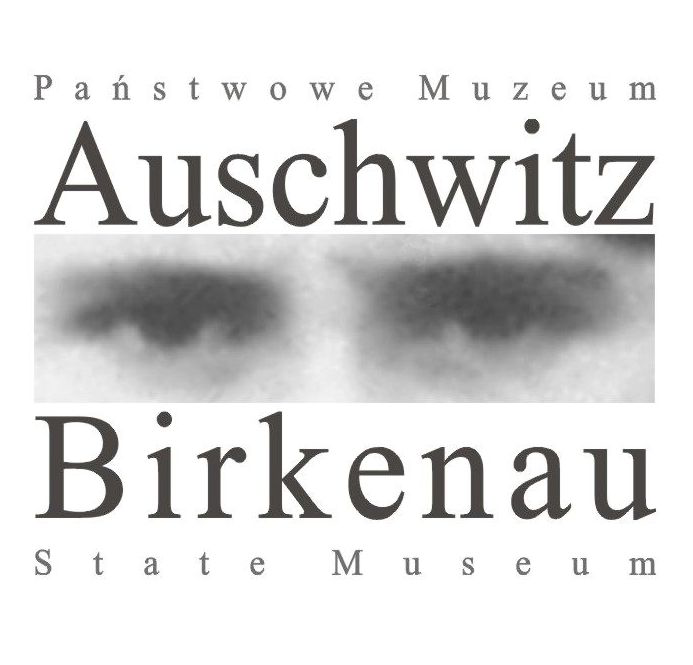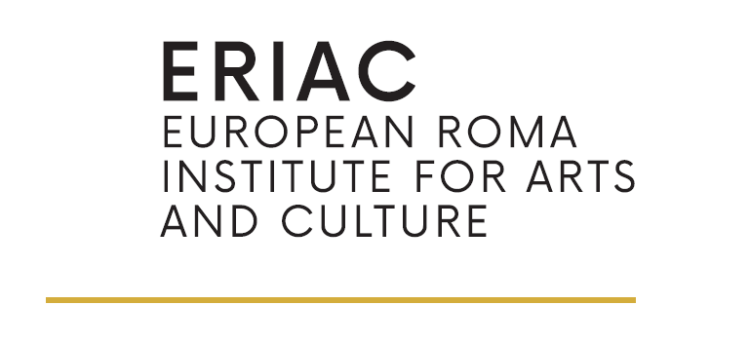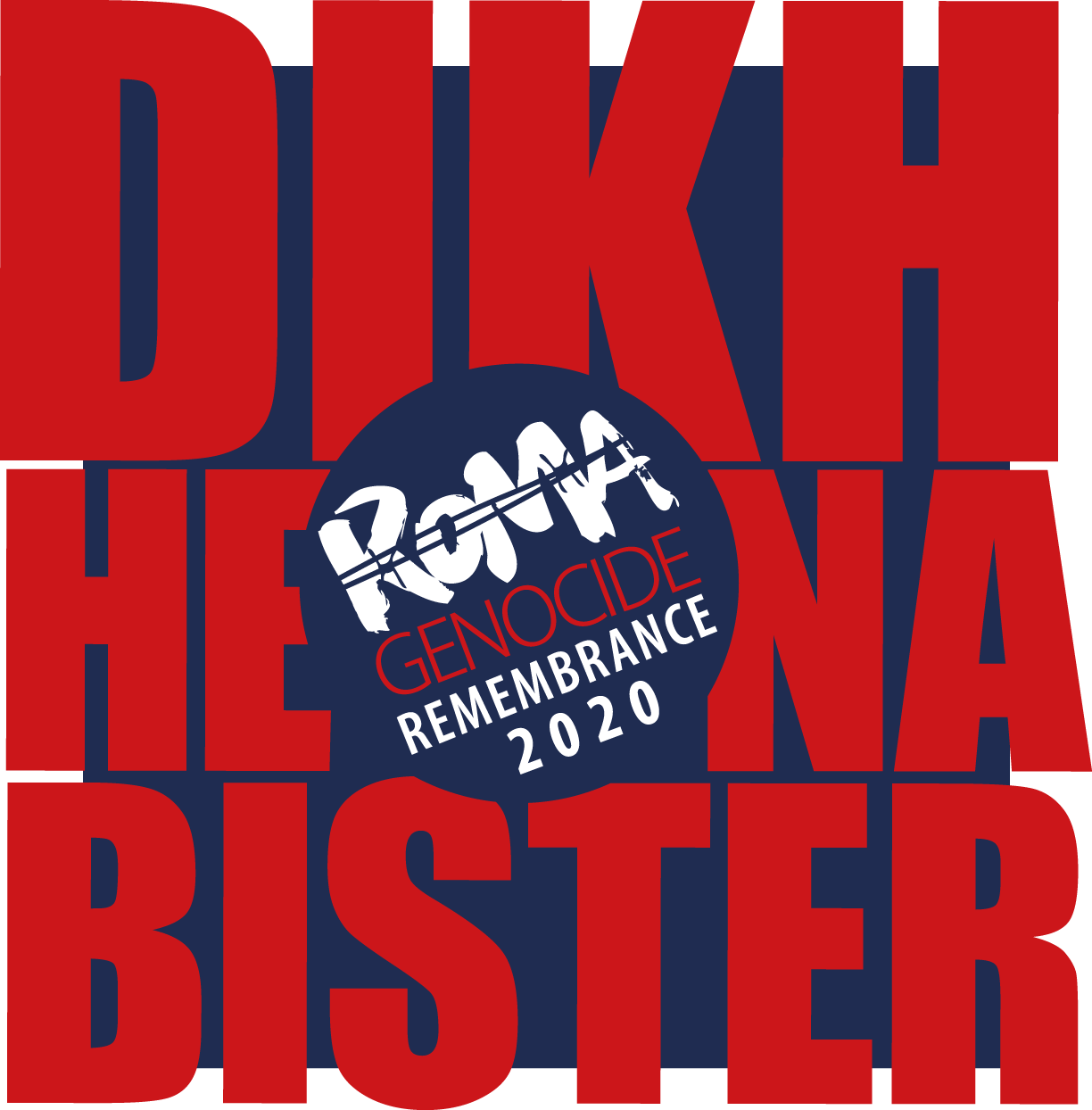photo: Jaroslaw Praszkiewicz
Block 11
Extract from "The Destruction of European Roma in KL Auschwitz: A guidebook for visitors"
This block performed the function of the camp’s prison and for a certain period of time a penal company was located there. In the basement of the block (the so-called bunker) were held prisoners sentenced to death or given particularly painful punishments. In the yard between blocks 10 and 11, at the so-called Death Wall, the executions of prisoners took place, as well as tortures such as, for example, hanging prisoners from their hands tied behind their backs on a hook so that they could not reach the ground.
In the bunker of block 11, 84 Sinti and Roma were imprisoned, of which 54 were shot. Such was for example the fate of Stefan Siwak and Jan Buriański who attempted to escape from the camp, were caught, held in the bunker of block 11 and shot at the Wall of Death.
Sinti and Roma in Auschwitz
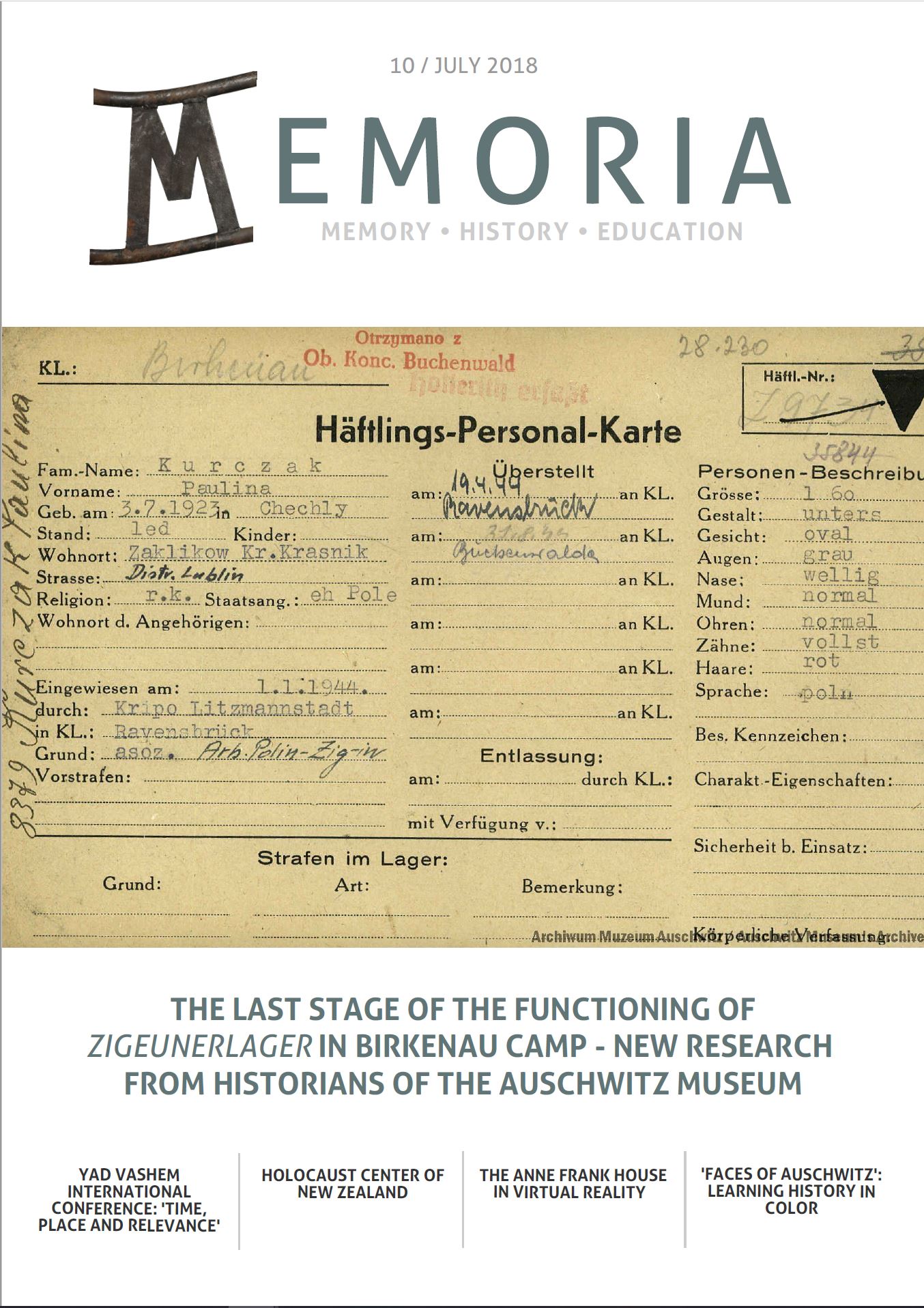
The last stage of the functioning of the ‘Zigeunerlager’ in the Birkenau Camp
Recent research by historians of the Auschwitz Museum
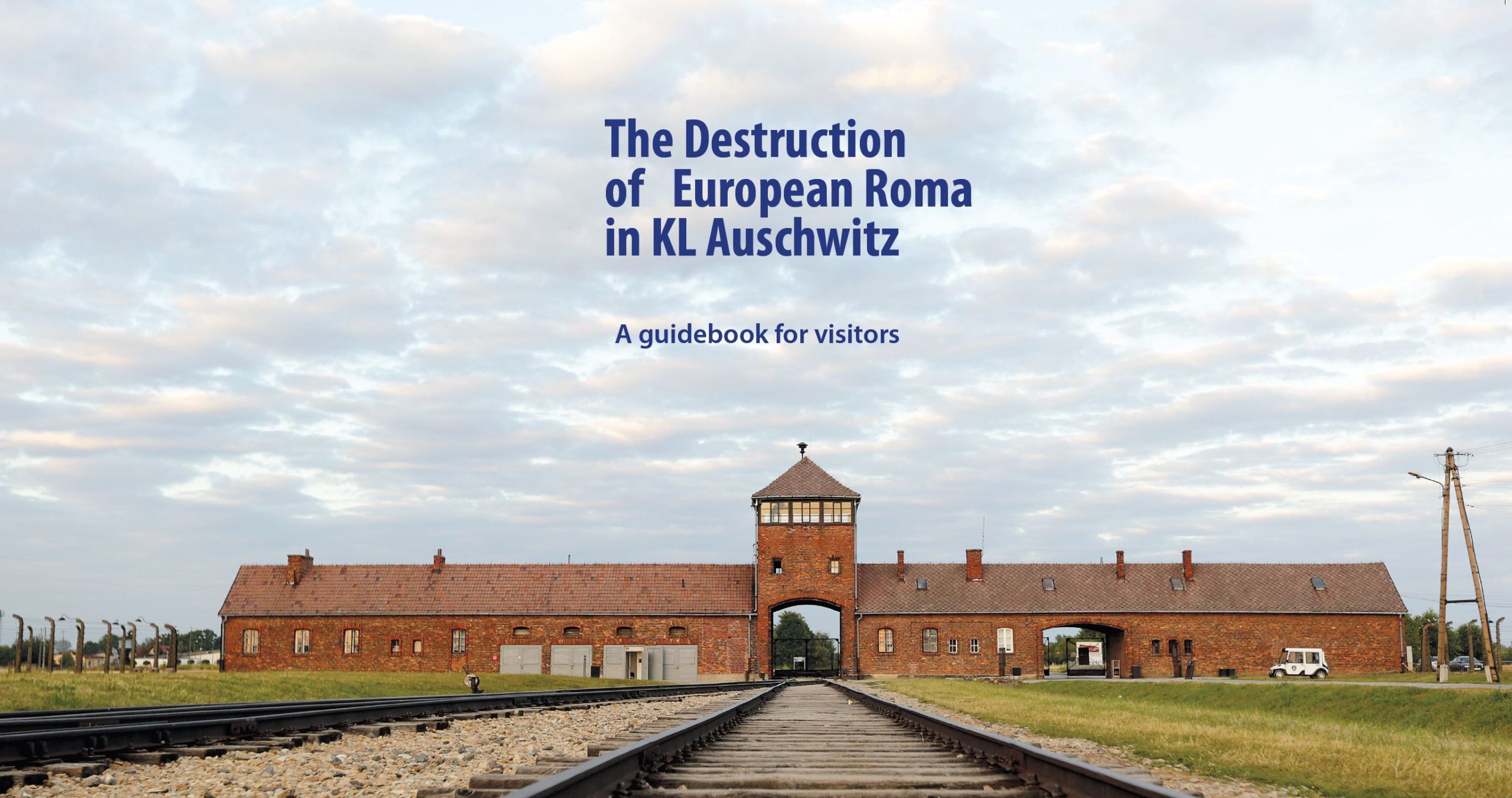
The Destruction of European Roma in KL Auschwitz
A guidebook for visitors
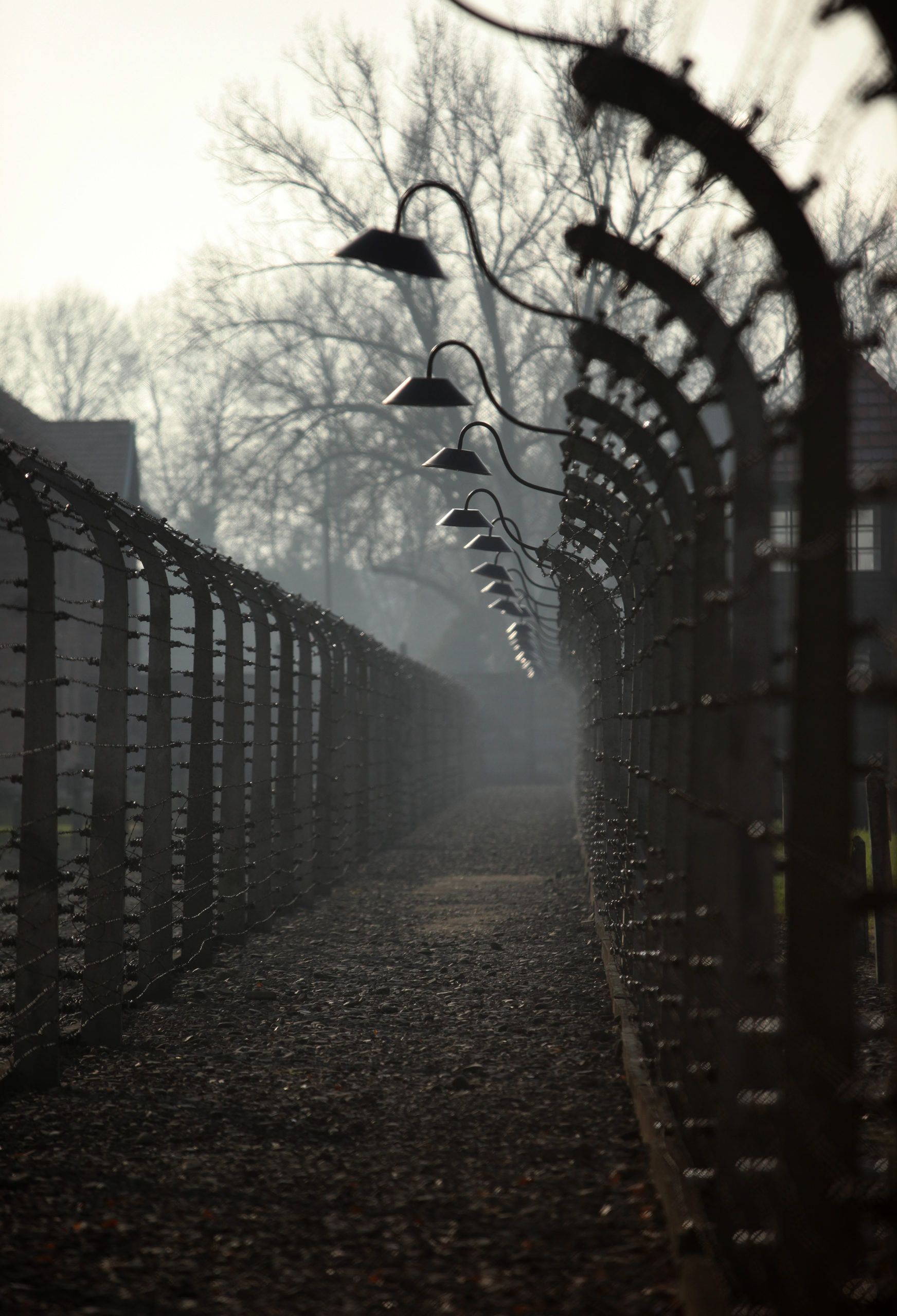
The genesis and course of the Nazi persecution of Roma and Sinti
Extract from “The Destruction of European Roma in KL Auschwitz: A guidebook for visitors”
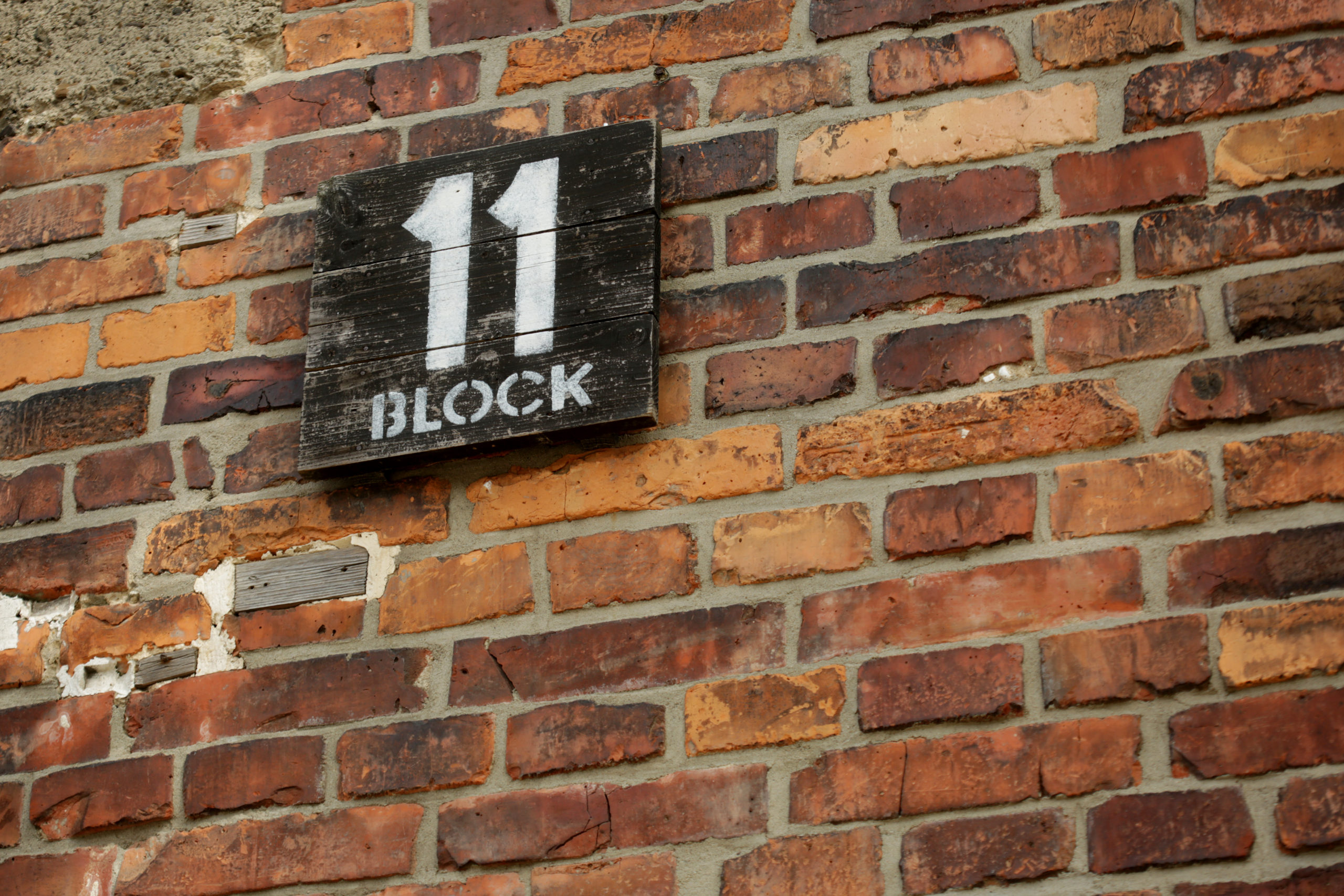
Block 11
Extract from “The Destruction of European Roma in KL Auschwitz: A guidebook for visitors”
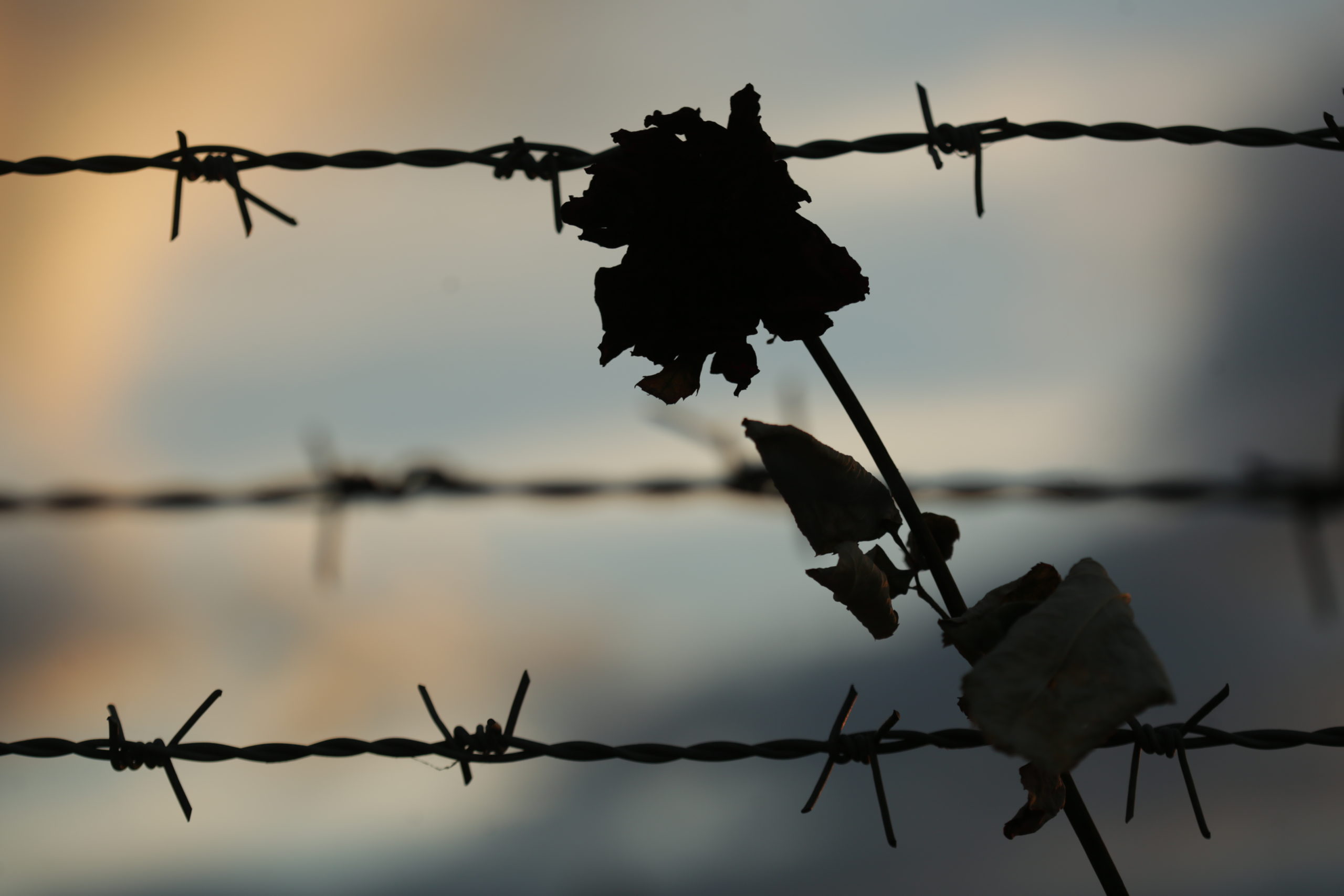
Escapes
Extract from “The Destruction of European Roma in KL Auschwitz: A guidebook for visitors”
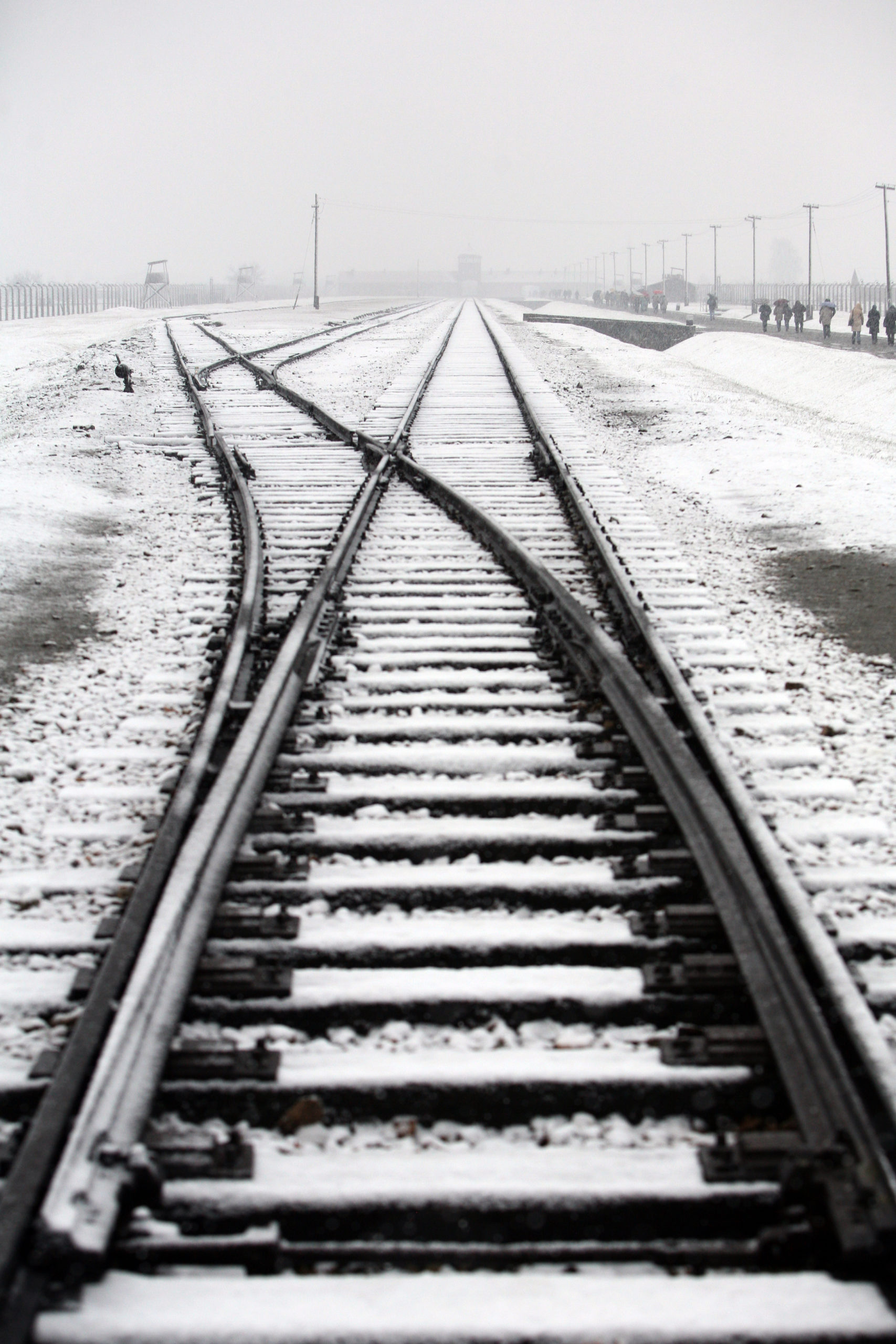
“Zigeunerfamilienlager” (“Gypsy family camp”)
Extract from “The Destruction of European Roma in KL Auschwitz: A guidebook for visitors”
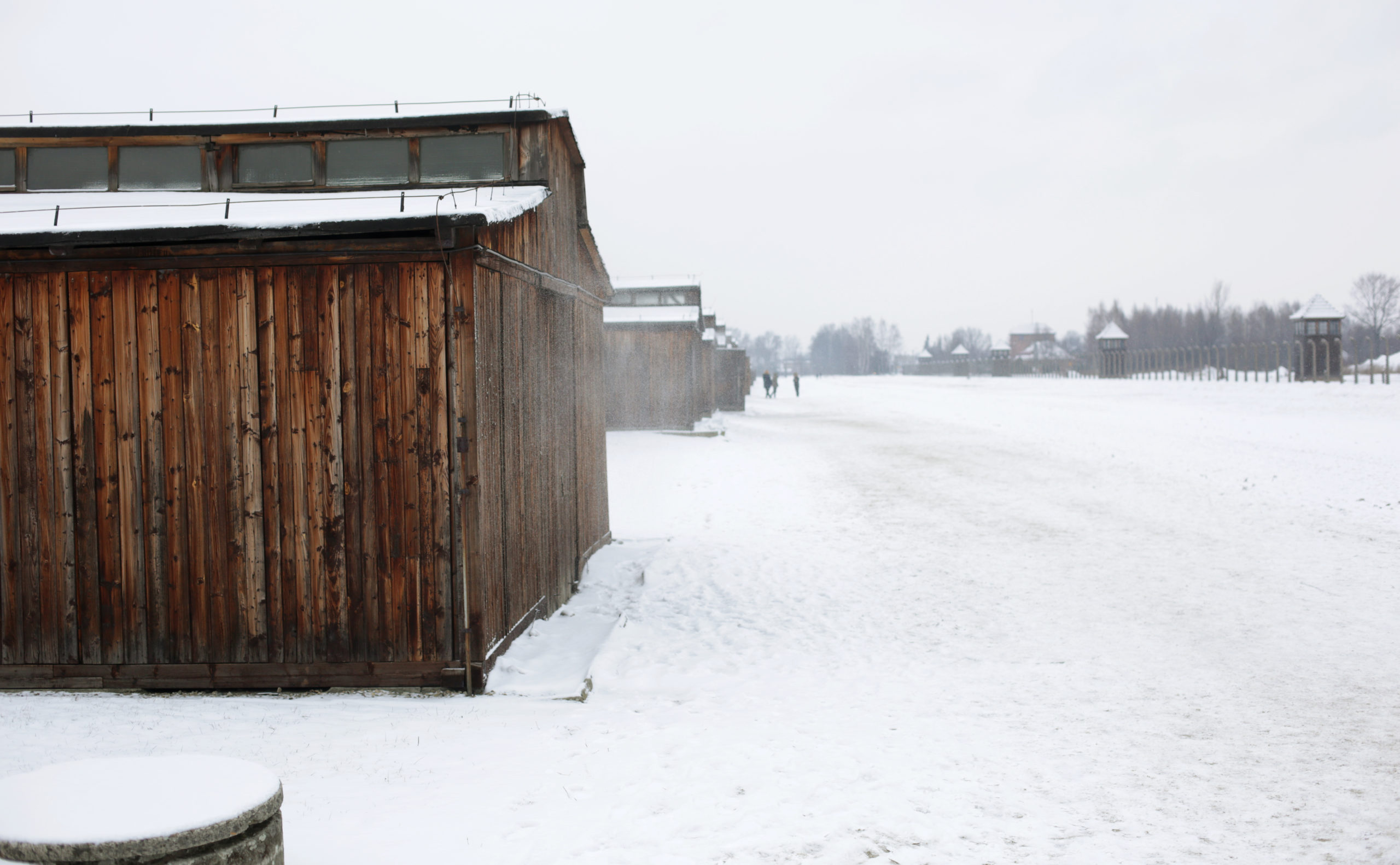
Arrival in the “Zigeunerfamilienlager”
Extract from “The Destruction of European Roma in KL Auschwitz: A guidebook for visitors”
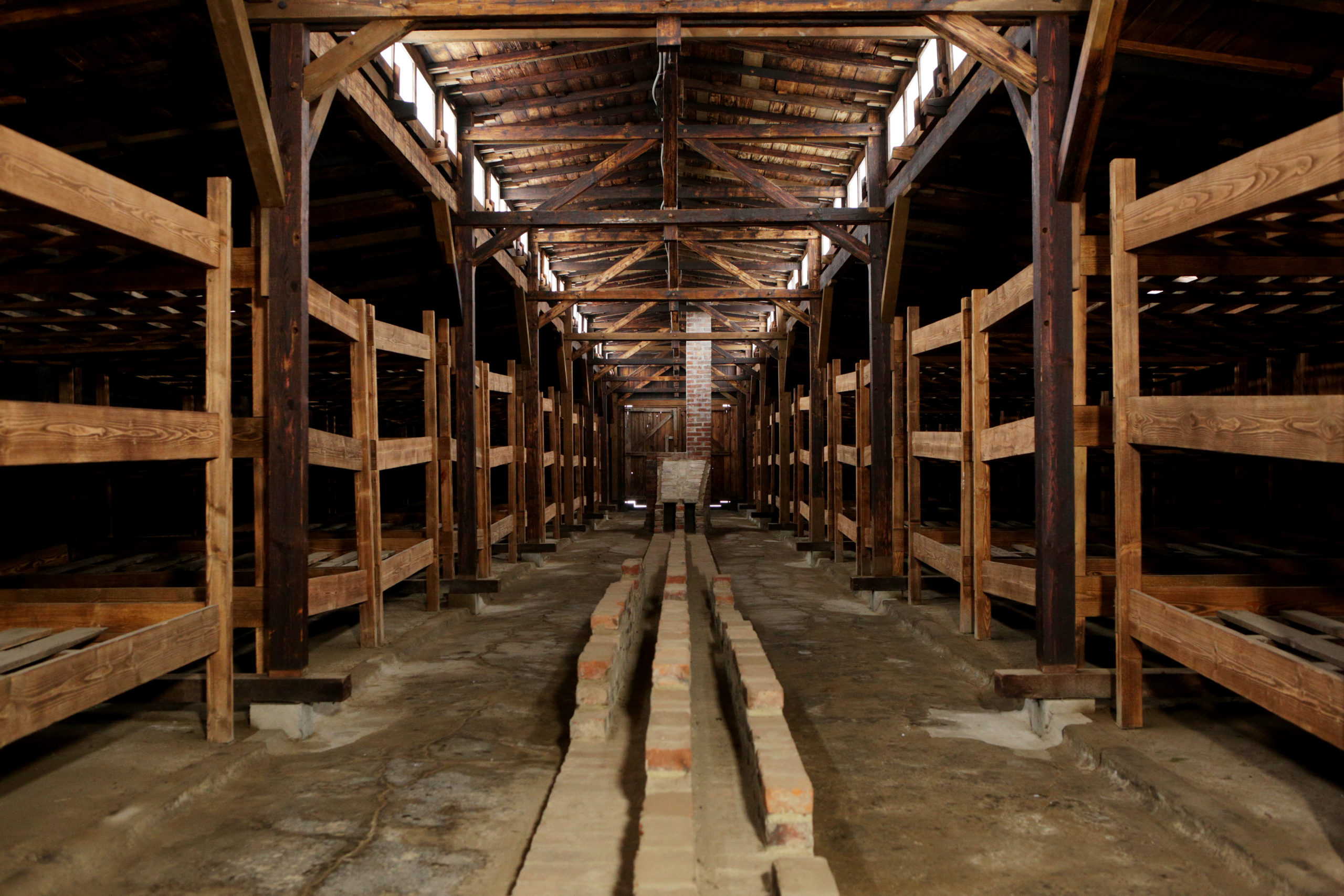
The life of Prisoners
Extract from “The Destruction of European Roma in KL Auschwitz: A guidebook for visitors”
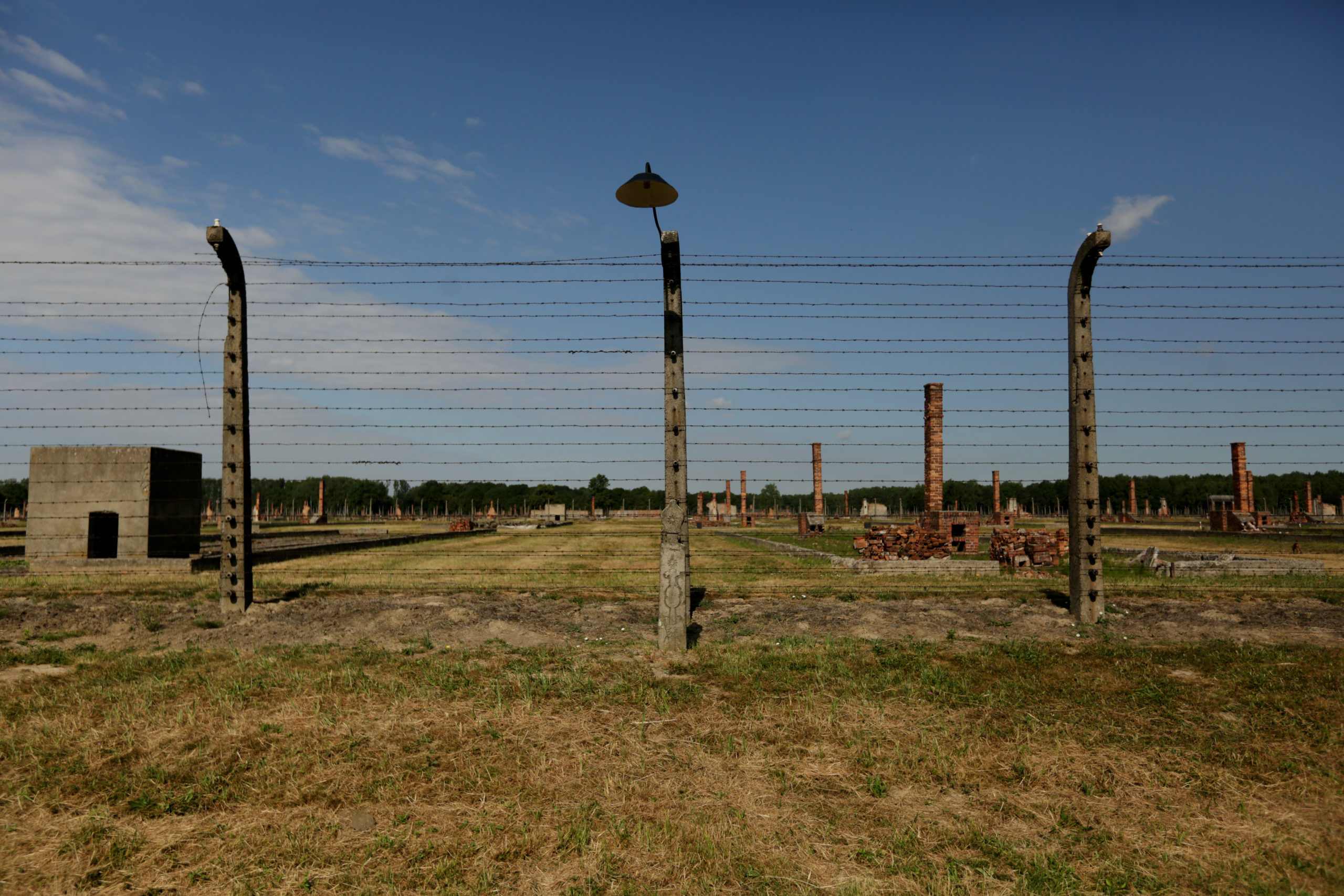
Children
Extract from “The Destruction of European Roma in KL Auschwitz: A guidebook for visitors”
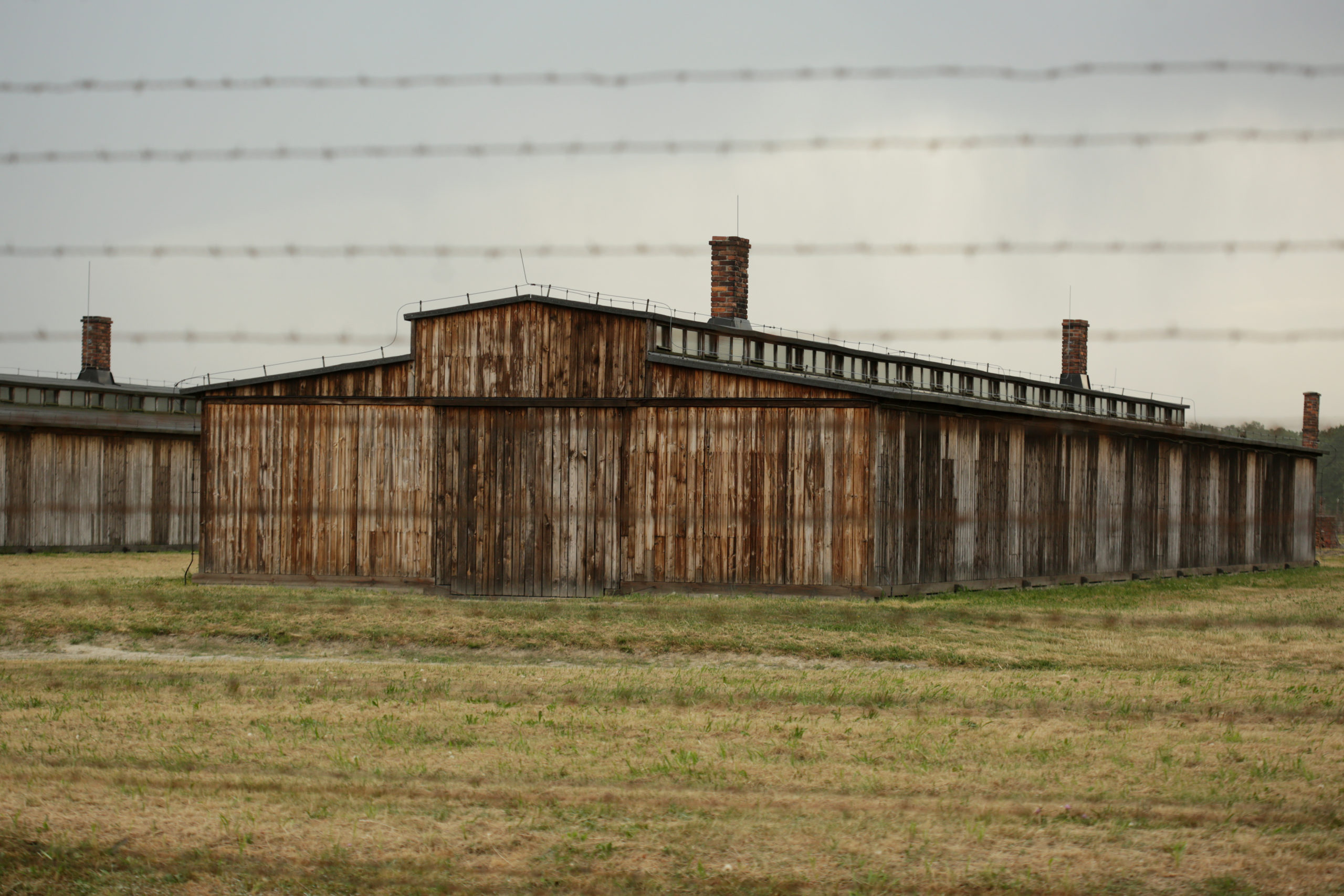
Dr. Mengele and experiments on prisoners
Extract from “The Destruction of European Roma in KL Auschwitz: A guidebook for visitors”






